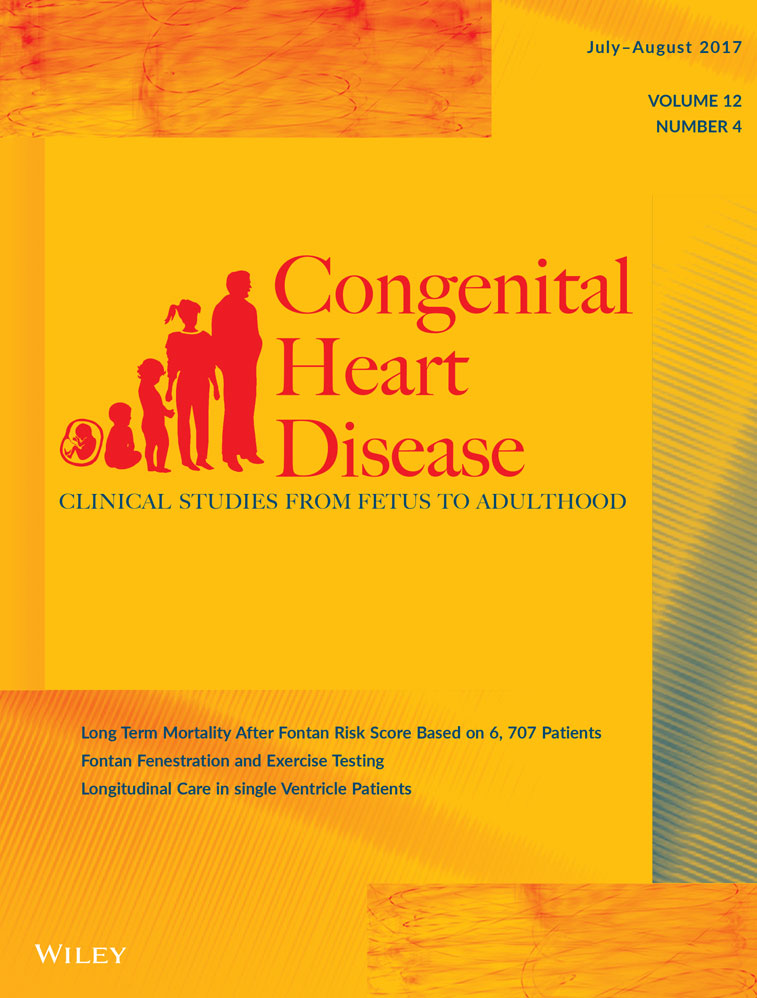Current trends in racial, ethnic, and healthcare disparities associated with pediatric cardiac surgery outcomes
Funding information: Helen E. Hoag Pediatric Cardiac Surgery Research Endowment (to SPS, JKP); The National Center for Advancing Translational Sciences, National Institutes of Health, through the UC Irvine Biostatistics, Epidemiology and Research Design Unit (to YC, DVN), Grant/Award Number: UL1 TR001414
Abstract
Objective
Despite overall improvements in congenital heart disease outcomes, racial and ethnic disparities have continued. The purpose of this study is to examine the effect of race and ethnicity, as well as other risk factors on congenital heart surgery length of stay and in-hospital mortality.
Design
From the 2012 Healthcare Cost and Utilization Project Kids Inpatient Database (KID), we identified 13 130 records with Risk Adjustment in Congenital Heart Surgery complexity score-eligible procedures. Multivariate logistic and linear regression modeling with survey weights, stratification and clustering was used to examine the relationships between predictor variables and length of stay as well as in-hospital mortality.
Results
No significant mortality differences were found among all race and ethnicity groups across each age group. Black neonates and black infants had a longer length of stay (neonatal estimate = 8.73 days, P = .0034; infant estimate 1.10 days, P = .0253), relative to whites. Government-sponsored insurance was associated with increased odds of neonatal mortality (odds ratio = 1.51, P = .0055), increased length of stay in neonates (estimate = 4.26 days, P = .0009) and infants (estimate = 1.52 days, P = .0181), relative to private insurance. Government-sponsored insurance was associated with increased number of chronic conditions, which were also associated with increased LOS (estimate 8.39 days, P < .001 in neonates; estimate 3.60 days, P < .001 in infants; estimate 1.87 days, P < .001 children).
Conclusions
Racial/ethnic disparities in congenital heart surgical outcomes may be changing compared with previous studies using the KID database. Increased length of stay in children with government-sponsored insurance may reflect expansion of individual states government-sponsored insurance eligibility criteria for children with complex chronic medical conditions. These findings warrant cautious optimism regarding racial and ethnic disparities in congenital heart surgery outcomes.




